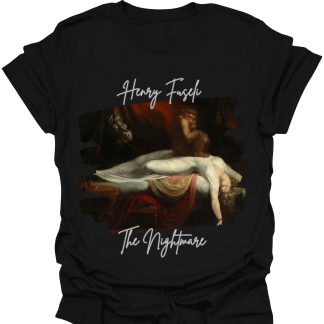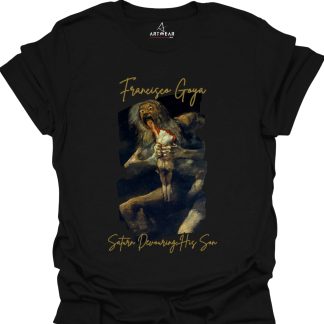
“The Last Supper” is one of the most famous paintings in the world, created by the Italian polymath Leonardo da Vinci. Painted between 1495 and 1498, this monumental work is not only a cornerstone of Renaissance art but also a testament to da Vinci’s ingenuity, mastery of technique, and deep understanding of human emotion. Housed in the Convent of Santa Maria delle Grazie in Milan, Italy, the painting has captivated audiences for centuries with its dramatic composition and the profound story it tells.
Leonardo da Vinci was commissioned to paint “The Last Supper” by Ludovico Sforza, the Duke of Milan, as part of the renovations for the convent’s refectory. The painting depicts the moment immediately after Christ announces that one of his disciples will betray him, capturing the emotional responses of each of the twelve apostles. This scene, based on the Gospel of John, has been a popular subject in Christian art for centuries, but da Vinci’s interpretation stands out for its psychological depth and innovative composition.
“The Last Supper” is remarkable for its use of perspective, light, and anatomy, all of which da Vinci meticulously studied and mastered. The painting is 15 feet by 29 feet, covering an entire wall of the convent’s dining hall. Da Vinci employed a technique known as linear perspective to draw the viewer’s attention directly to the figure of Christ, who is the focal point of the composition. The vanishing point is located directly behind Christ’s head, enhancing the sense of depth and highlighting his central role in the narrative.
Leonardo chose to capture the exact moment of psychological tension, where each disciple reacts uniquely to Christ’s revelation. The apostles are grouped in threes, with Christ at the center, isolated and calm. This arrangement not only balances the composition but also reflects the varying degrees of shock, disbelief, and curiosity among the disciples.
Instead of using the traditional fresco technique, where paint is applied on wet plaster, da Vinci opted for an experimental method, applying tempera on a dry wall. This allowed him to work more slowly and achieve greater detail, but it also made the painting more susceptible to damage over time.
Every detail in “The Last Supper” is imbued with symbolic meaning. The serene figure of Christ, in contrast to the agitated apostles, represents divine foreknowledge and acceptance. His outstretched arms form a triangular shape, symbolizing the Holy Trinity, while the placement of bread and wine on the table foreshadows the institution of the Eucharist.
The apostles’ gestures and expressions are meticulously crafted to convey their inner turmoil. For instance, Judas, who will betray Christ, is depicted recoiling with a clenched hand, holding a small bag symbolizing the thirty pieces of silver he will receive for his betrayal. This subtle yet powerful representation of Judas highlights da Vinci’s ability to communicate complex ideas through simple, yet deliberate, visual cues.
Over the centuries, “The Last Supper” has faced numerous challenges, including environmental damage, bombings during World War II, and various restoration attempts. The painting’s fragility, due to da Vinci’s experimental technique, has made its preservation a complex and ongoing task. The most recent restoration, completed in 1999, aimed to stabilize the painting and restore as much of its original appearance as possible, though it also sparked debates over the extent to which modern interventions should be applied to such a historic work.
Despite these challenges, “The Last Supper” remains an enduring masterpiece, influencing countless artists and scholars. It is a prime example of the Renaissance ideal, combining art, science, and theology into a unified vision of human and divine nature. Da Vinci’s ability to capture the profound moment of revelation, with all its emotional complexity, ensures that “The Last Supper” continues to be a subject of fascination and reverence.
Leonardo da Vinci’s “The Last Supper” is not merely a painting; it is a profound narrative captured in a single moment of time. Through his innovative use of perspective, detailed depiction of human emotion, and symbolic richness, da Vinci created a work that transcends its religious subject matter to become a timeless exploration of human nature and divine mystery. Despite the ravages of time, “The Last Supper” endures as a testament to Leonardo’s genius and continues to inspire and move audiences around the world.







